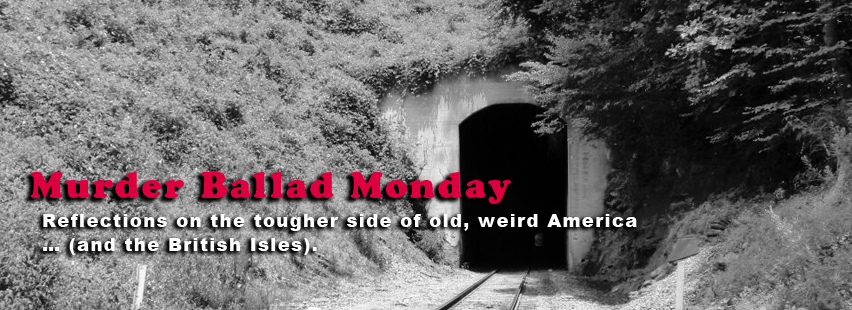Deckhands and Shipwrecks, Poetry and Tragedy
<<<Back to page 3
MBM: Do you plan on making them all choral works, or will some pieces lend themselves more to instrumental treatments?
PR: The genre that I’m working with, which we call art song, is very specific, in that it has to be for solo voice, generally with piano accompaniment.
I like what Cindy said about specificity. You have to take poetry and set it to music without alteration. The process tends to be after the fact. The music is an interpretation of the text. As a composer working in that tradition, you don’t generally have the liberty to create pieces “inspired by.”
In general, everything that happens musically is going to be in a more or less one-to-one relationship with the poetry; there might be some piano interludes, but generally the singer will be presenting the text. The performance is a recitation of the poetry with an interpretive overlay of music. The person is essentially reading the poetry, but singing the words. My artistic license stops at that.
MBM: Why do you use the art song genre?
PR: It’s the one I’m most comfortable with. It reflects how I tend to approach poetry in general. How would this translate to that style? Some other composers in the program at MSU decided not to use that tradition. That’s what my lexicon has been, in part, I think, because I was originally a singer.
I could have created choral music, but I kind of like the idea of an individual speaker. It becomes very rich with narrative, and feels more natural to have one person telling you the story. Choral music can be stuffy.
CHM: That aspect of engaging with an individual speaker is where there’s some overlap with the murder ballad tradition.
PR: A choir tends create a kind of liturgical setting. I don’t know that it would translate well for this particular song cycle. On the other hand, I wouldn’t want to create an opera. That’s just not how the aesthetic works for this collection. I’m trying to hit a middle ground, which is both very formal and also very literal.
Because I’m using a living author from my community, it puts my work into a conversation, rather than being merely a commentary on history.

Statue of Ignatius Petoskey overlooking Little Traverse Bay, Petoskey, Michigan. Photo by Steven L. Jones
MBM: How does free verse source material affect your composition process?
PR: I definitely prefer free verse, because it leaves my options open. Musically, you can cram things in the way you want. If you have to follow the poet’s meter, that can get boring. There are elements that can emerge through repeated lines that will mimic a rhyme scheme aurally. For me, it’s always better to leave these options open. Music is already so metered.
CHM: I would say, even for poets who are working within metered form, that’s something those poets have to consider, too. If it’s too rigid, if the meter is never interrupted, it does become boring. You need that variation, even within pattern.
PR: Musically, too, that would happen. If I were setting a poem that was strictly metered, I would still need something to break up the pattern, for emphasis or to keep from getting boring.
MBM: Sometimes Cindy’s poems relate the tragedy by relating the story. Sometimes they tell the story around the story, including the minutiae, or relatively lighthearted moments. How do you address this? Do you see these as tragic works? What challenges does that present to you?
PR: There are two ways. I’m not using all the poems. There are too many poems to do justice to each one and still keep it a reasonable length. In going through the poems and choosing them, I had to create a mood arc that wasn’t devastating. Sometimes that meant skipping over a triptych of heavy ones. So, there are things that get skipped.
When you’re setting text, there are two ways of setting words. There’s the literal, what we call text painting, where you try to address words with rhythms and tones that represent the concept at hand. Sometimes, I’m depicting everyday objects, it will sound kind of lighthearted and fun.
You can set the overall mood, or you can set the surface level. By shifting around between the surface detail versus underlying weightiness, you can see that in other pieces. You can see that in Britten’s “War Requiem.” He uses poetry and the Latin text. At some points he represents angels or heaven with levity, even though the overall mood and content of the Requiem is very dark heavy.
As a larger piece, that’s made up of many songs. You have the option of adjusting the weight as you go. The audience will hopefully feel points or a point where things shift—ok, now we’re sinking.
CHM: It’s like the musical equivalent of the Plimsoll line. How much can you load it before it sinks? How much can you load the music before the tone shifts?
MBM: Thanks to you both for taking the time to talk about this project.


